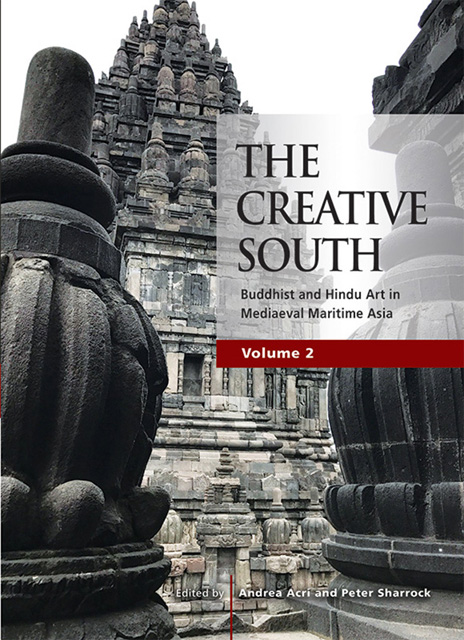Chapter 8 - Sītā as Rāvaṇa’s Daughter at Candi Prambanan
Published online by Cambridge University Press: 30 June 2023
Summary
INTRODUCTION
The central figure in this chapter is Sītā as depicted in the Rāmāyaṇa bas-reliefs on the inner side of the balustrade wall enclosing the ambulatories of the three main shrines of the temple complex of Candi Prambanan. One of the riddles that Sītā presents us with at this temple site is her background, that is to say her birth and parentage. This matter appears to be particularly relevant for the interpretation of the twelfth bas-relief scene on the Brahmā temple, which shows Rāvaṇa's corpse surrounded by a few women. The caption with the photograph taken by H. Leydie Melville around 1900 reads ‘Lamentation of Rawana by his wife Mandodari’ (see Fig. 8.1). This caption as well as the subsequent descriptions of the scene seems to me to fall short. For instance, unlike what some researchers write about the relief, it is not so much the death or the killing of Rāvaṇa that is represented here (presumably because of the alleged ill effects thereof) as his corpse lying in state on what looks like a funeral pyre.
Next is the problem of the identification of the attending women. Contrary to what is commonly assumed, it may not only concern Queen Mandodarī and Rāvaṇa's other queen-consorts. Because of the connection with the immediately preceding relief, which shows Sītā in the presence of Queen Mandodarī, it does not seem unlikely that Sītā had joined these mourning women. But if this supposition holds true, how should Sītā's presence near the body of her abductor and constant tormentor be explained? In what personal relationship, if any, are they represented in this relief?
Perusal of the literature shows that in numerous post-Vālmīki tellings, Sītā is represented as the daughter of Rāvaṇa with his main consort Mandodarī. This representation is known among widely separated peoples in countries like Tibet and Khotan (Turkmenistan), but also in Myanmar, Thailand, Cambodia, Laos, Vietnam, Malaysia, and Indonesia (Java, Sunda). Also in India, where the Rāma-story originated, this idea is not completely unknown. Indeed, some scholars believe that the original idea was invented by the Jains. Initially it was assumed that the Uttarapurāṇa of Guṇabhadra, a Jain text dated to the 8th or 9th century CE, was the origin of all narratives in which Sītā figures as Rāvaṇa's daughter.
- Type
- Chapter
- Information
- The Creative SouthBuddhist and Hindu Art in Mediaeval Maritime Asia, pp. 145 - 166Publisher: ISEAS–Yusof Ishak InstitutePrint publication year: 2022



